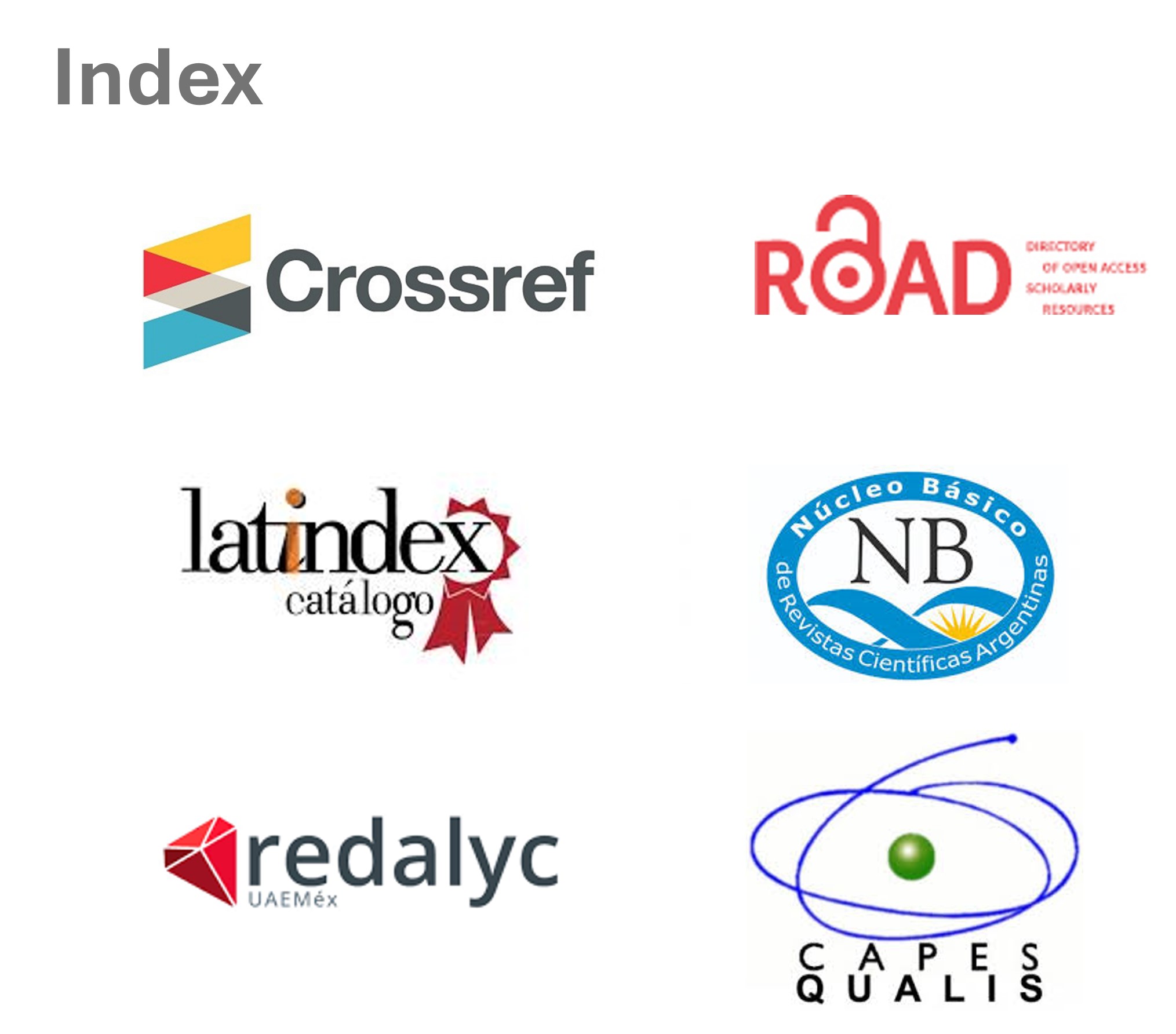Scientific enterprise and scientists company: the commercial production of interferon by Inmunoquemia and Instituto de Oncología “Ángel H. Roffo” (1975-1980)
DOI:
https://doi.org/10.48160/18517072re30.289Keywords:
interferon, biomedical sciences, pharmaceutical industry, therapeutic innovationAbstract
This paper analyzes the development, production and introduction into the Argentine market of Inter-A11, an antiviral drug which contained Human Leukocitary Interferon as active ingredient. This substance was in trial stage internationally and had started to generate great expectations in the pharmaceutical market.
The purpose of this paper is to understand how this development was possible in a local context which typically showed low levels of innovative behavior by firms and a relative absence of a bond between public laboratories and the private sector. To this effect, the previous experience of the actors involved and the evolution of the joint experience are reconstructed. Firstly, there is an analysis on the track record of the Inmunoquemia firm (a small firm made up of former academics whose main objective was to develop and produce biological drugs) and, secondly, on a research group from the Instituto de Oncología “Ángel H. Roffo” (which had conducted research on interferon since mid-1960s and had elaborated a small system of production of human leukocitary interferon).
The joint experience is analyzed considering the knowledge and techniques used and created, the drug design, the clinical trials, the scaling-up and quality control. Furthermore, contextual dynamics are introduced, which conditioned this experience and made it possible.
In the first place, the paper focuses on the way in which the study field on interferon was structured internationally, which was characterized by the free access to knowledge, techniques and materials. In the second place, it deals with some of the characteristics of the local pharmaceutical sector, which had low innovation levels and was highly focused on pharma-chemical products. Finally, it analyzes the incipient creation of a scientific-technological complex, which fostered the development of long-term research based on grants and scholarships.
References
Aguiar, D. (2009), “Construcción social de tecnologías intensivas en conocimiento en la Argentina. Un abordaje socio-técnico sobre el campo de la biotecnología orientada a la salud humana: El caso Bio Sidus S. A. (1975-1990)”, tesis de la maestría en Metodología de la Investigación Social, Università di Bologna y Universidad Nacional de Tres de Febrero.
Bercovich, N. y J. Katz (1990), Biotecnología y economía política: estudios del caso argentino, Buenos Aires, Centro Editor de América Latina.
Burachik, G. y J. Katz (1997), “La industria farmacéutica y farmoquímica argentina en los años 90”, en Katz, J. et al., Apertura económica y desregulación en el mercado de medicamentos, Buenos Aires, CAPAL/IDRC, Alianza.
Correa, C. (2001), “Investigación y desarrollo en la industria farmacéutica. El caso argentino”, Espacios, vol. 22, Nº 1, Caracas.
Díaz, Alberto et al. (1978), “Terapia combinada con inmunoglobulina A-Secretoria e interferón humano en la queratitis producida por virus herpes simplex en el conejo”, Medicina, vol. 38, Nº 1, pp. 40-44.
Gaudillière, J. P. (2005), “Introduction: drug trajectories”, Studies in History of Philosophy and Biomedical Sciences, Nº 36, pp. 603-611.
Katz, J. (1974), Oligopolio, firmas nacionales y empresas multinacionales. La industria farmacéutica argentina, Buenos Aires, Siglo XXI.
Kornberg, A. (2002), La hélice de oro. Aventuras biotecnológicas: el recorrido de la ciencia a los negocios, Buenos Aires, Universidad Nacional de Quilmes.
Kreimer, P. y H. Thomas, (2003), “La construction de l’utilité sociale des connaissances scientifiques et technologiques dans les pays périphériques”, en Mignot, Jean-Pierre y Christian Poncet (dirs.), L’industrialisation des connaissances dans les sciences du vivant, París, L’Harmattan, pp. 29-72.
Lodish, H. et al. (2003), Biología celular y molecular, Madrid, Editorial Médica Panamericana.
López, A. (2002), “Industrialización sustitutiva de importaciones y sistema nacional de innovación: un análisis del caso argentino”, Redes. Revista de Estudios sobre la Ciencia y la Tecnología, vol. 10, Nº 19, Universidad Nacional de Quilmes, pp. 43-85.
Löwy, I. (1996), Between Bench and Bedside. Science, Healing, and Intelukine-2 in a Cancer Ward, Cambridge, Harvard University Press.
Nochteff, H. (1994), “Los senderos perdidos del desarrollo. Elite económica y restricciones al desarrollo en la Argentina”, en Aspiazu, D. y H. Nochteff, El desarrollo ausente, Buenos Aires, FLACSO-Tesis-Norma.
Pfeiffer, Ana y Mónica Campins (2002), Cien años de Industria Farmacéutica en la Argentina (1900-2000), Buenos Aires, Secretaría de Investigación CBC-UBA.
Pieters, T. (2005), Interferon. The science and selling of a miracle drug, Londres, Routledge.
Rabinow, P. (1996), Making PCR. A story of biotechnology, Chicago, University of Chicago Press.
Fuentes
Asrilant, M. y C. Inglesini (1977), “Inmunoterapia pasiva local con inmunoglobulina A secretoria en aftas de recidivantes bucales”, La Prensa Médica Argentina, vol. 64, N° 14.
Academia Nacional de Medicina (1977), “Premio ‘Adolfo Noceti y Atilio Tiscornia’”, Boletín de la Academia Nacional de Medicina.
Balances de Inmunoquemia, años 1974, 1975, 1976, 1977, 1978, 1979, 1980. CONICET. Consejo Directivo. Resolución N° 31/82.
Cortada de de la Peña, N. (1973), “Interferón: su inducción y relación con los procesos neoplásicos humanos”, tesis de doctorado en Ciencias Biológicas, Facultad de Ciencias Exactas y Naturales, UBA, Buenos Aires.
Damel, A. et al. (1977), “Evolución clínica de las queratitis herpéticas tratadas con una terapia tópica combinada de interferón humano e inmunoglobulina - A secretoria”, Archivos de Oftalmología de Bs. As., vol. 52.
Ejden, J. y A. Lanari (1961), “Métodos inmunológicos aplicados a la hidatidosis”, Medicina, vol. 21.
Lelchuk, R. et al., (1970), “Immunoglobulin studies in serum of patients with Americam trypanosomiasis (Chagas’ disease)”, Clin. Exp. Immunol., N° 6.
Sacerdote de Lustig, E. (1968), “Informe del Departamento de Investigaciones”, Memoria Anual Instituto de Oncología "Angel H. Roffo".
Downloads
Published
How to Cite
Issue
Section
License
Copyright (c) 2009 Redes. Journal of Social Studies of Science and TechnologyThe documents published here are governed by the licensing criteria
Creative Commons Argentina.Atribución - No Comercial - Sin Obra Derivada 2.5 https://creativecommons.org/licenses/by-nc-nd/2.5/ar/













